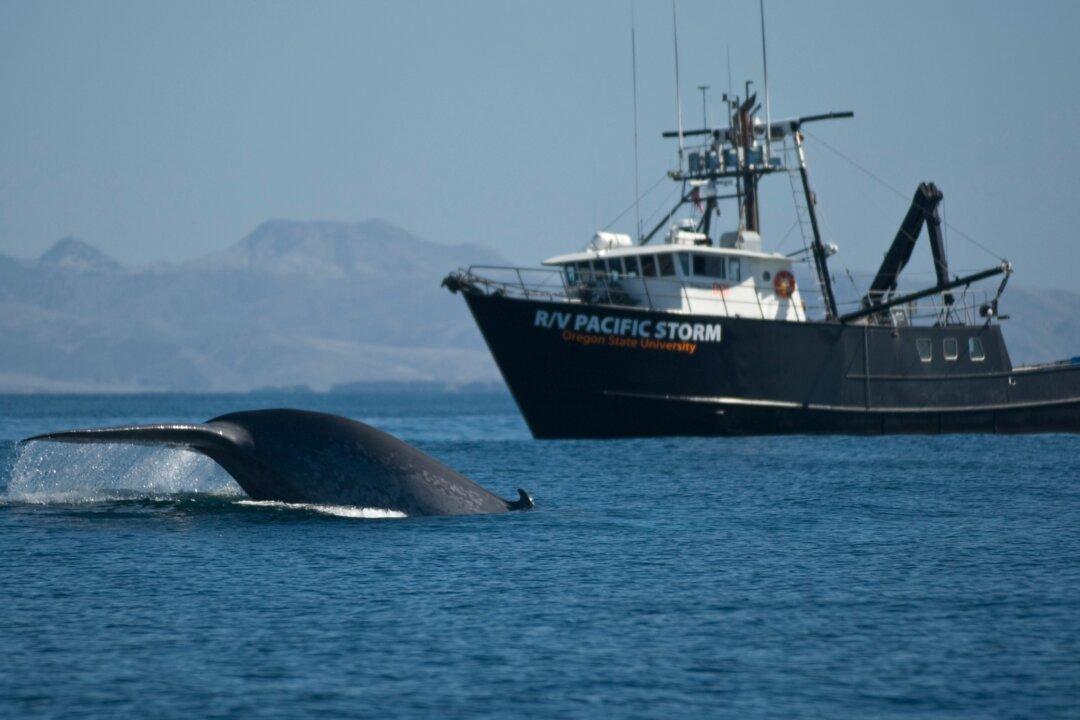For millions of years, blue whales have cruised the world’s oceans with hardly a care, their sheer size making them largely free from predator attacks.
But being the largest animals in history comes with a downside: blue whales haven’t needed to learn any defensive maneuvers. This lack of an evasive response might be why they are particularly susceptible to deadly collisions with cargo ships.
“It’s not part of their evolutionary history to have cargo ships killing them, so they haven’t developed behavioral responses to this threat,” says Jeremy Goldbogen, assistant professor of biology at Stanford University’s Hopkins Marine Station, and the senior author on the study published in Endangered Species Research. “They simply have no compelling response to avoiding these dangerous ships.”
Suction Cup Tracking
Collisions with ships are a major threat to whales and pose a significant threat to the recovery of some endangered populations. Efforts to reduce collisions have mostly involved placing speed limits on ships passing through busy whale habitats or rerouting shipping channels around these areas altogether.
However, a critical piece of information needed to make these decisions and evaluate their effectiveness is currently lacking: direct knowledge of how whales behave once they sense an oncoming ship.




